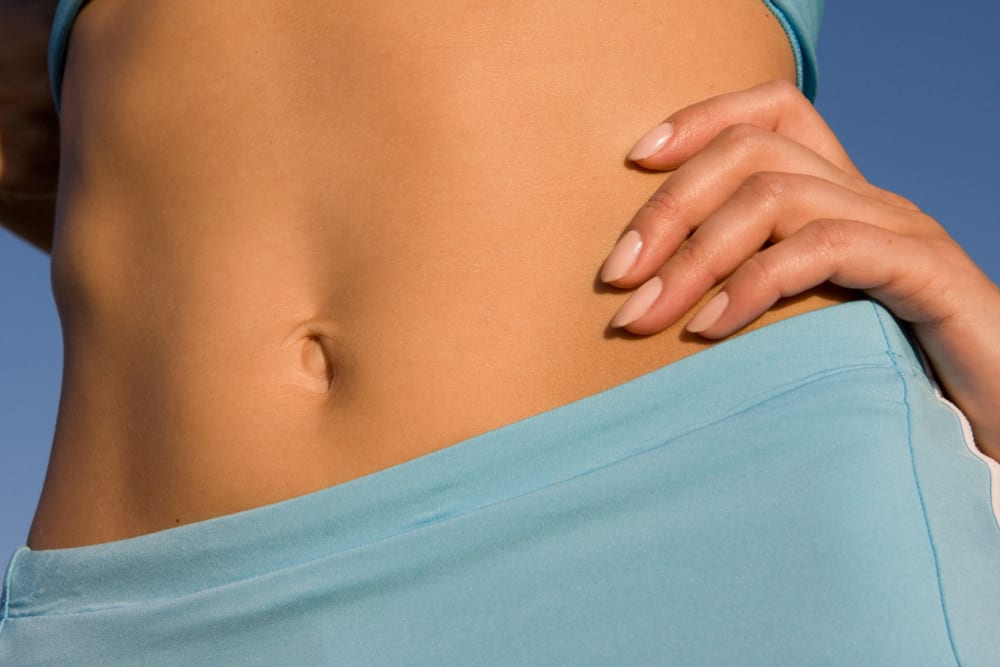 Liposuction is one of the oldest dated cosmetic surgeries. With the help of a cosmetic surgeon, patients can achieve slimmer contours with liposuction when diet and exercise fall short.
Liposuction is one of the oldest dated cosmetic surgeries. With the help of a cosmetic surgeon, patients can achieve slimmer contours with liposuction when diet and exercise fall short.
Due to the procedure’s long lifespan in combination with its increasing popularity, more and more modern liposuction techniques have become available from physicians and med spas. Nearly every week, it seems there’s a new liposuction method boasting of equal results to those of tumescent liposuction for a cheaper price tag or reduced downtime. But how effective are newer liposuction techniques?
What Is Traditional Liposuction?
Traditional liposuction, commonly called tumescent liposuction, uses the injection of a special saline solution to break up fat cells before they are suctioned out of the body using a handheld hollow tube called a cannula.
To perform traditional liposuction, the surgeon inserts the cannula through a small incision and gently sweeps the device back and forth to remove fat cells in the most smooth and symmetrical way possible. In the past, doctors used cannulas of up to 5 mm to remove fat more efficiently, but today, smaller cannulas are more common with diameters of 3 mm or less. This allows for more precise results and smoother contours.
Tickle Lipo
“Tickle” liposuction is also known as nutational infrasonic liposuction or nutational custom acoustic liposuction. The procedure is fairly new on the market, and uses low-frequency acoustic infrasonic radiation vibration to target and eliminate fat cells.
The procedure gets its name from the alleged lack of discomfort felt during the procedure, aside from a slight tickling sensation. Real patient online reviews, however, report otherwise. With only local anesthesia used during tickle lipo, some patients report feeling significant discomfort and pain during their procedure, coupled with results that fail to live up to expectations.
Ultrasonic-Assisted Liposuction
Ultrasonic-assisted liposuction, otherwise known as UAL, uses ultrasonic energy to penetrate the epidermis and liquefy underlying fat cells. The ultrasonic waves are emitted by a special vibrating cannula, which then removes the liquefied fat cells.
The problem with this technique is that it runs the risk of damaging surrounding tissue and cells since the fat cells are not broken up in as controlled a manner as in the case of tumescent liposuction. The uneven breakup as cells can also result in lumps or asymmetrical contours.
Laser Lipo
Laser-assisted liposuction, as used in SmartLipo™, SlimLipo™ and Coolipo, is similar to ultrasonic-assisted lipo in that the procedure liquefies fat cells prior to their removal. The primary difference between the two is that laser lipo uses lasers to liquefy fat rather than ultrasonic energy. Laser lipo also uses a smaller cannula than UAL.
However, laser liposuction is a fairly new procedure, and unfortunately, not all doctors who offer it are trained and experienced in laser technology. If not used properly, lasers can create long-lasting burns, scars and tissue damage.
Why Traditional Lipo Offers a Better Experience
Compared to the variety of newer liposuction methods, traditional liposuction is still the best in terms of offering a superior patient experience. In part, this is due to its long-standing tried and true track record.
The other — and much larger — factor that enters into all this, though, is the impact of liposuction expertise. In the hands of an experienced cosmetic surgeon, you can expect a beautiful final result regardless of the specific liposuction technique used. However, proper training is key to ensuring the best possible outcome.
Related Posts












